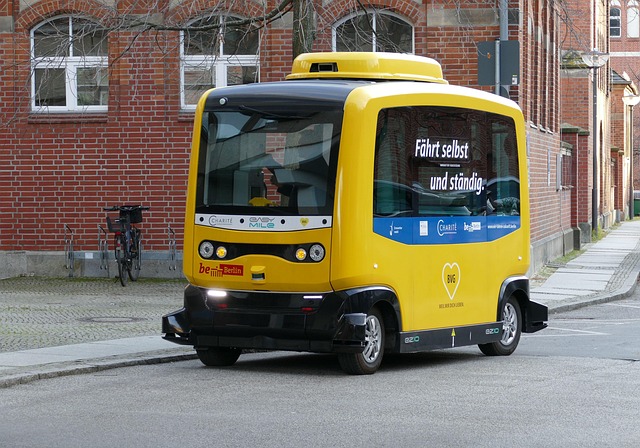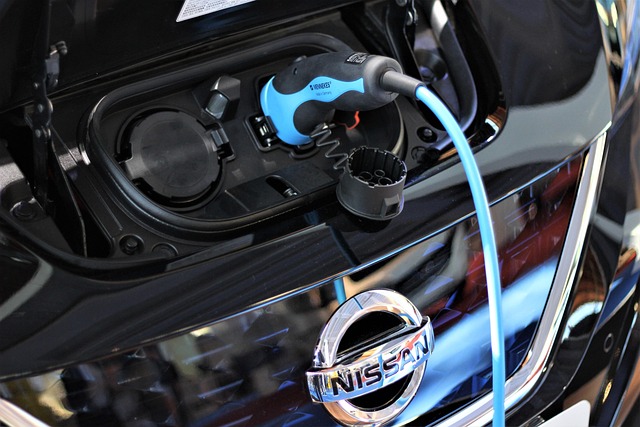Driving Towards a Sustainable Future: How Autonomous Vehicles Are Transforming Rural Mobility
In today’s fast-paced world, the way we move has a profound impact on our environment and the communities we inhabit. The advent of autonomous vehicles is ushering in a new era of transport sustainability, offering an innovative solution to many challenges faced by rural areas. These self-driving technological marvels promise not only to reshape mobility but also to enhance the quality of life in rural communities struggling with outdated transportation systems.
The Need for Sustainable Transport
Sustainable transport is not merely a trend; it’s a necessity. Traditional transport methods often contribute to pollution, traffic congestion, and the overall degradation of our environment. For rural areas, where public transport options are limited, these issues are magnified, leading to isolation and economic stagnation. By integrating autonomous vehicles into the transport mix, we can significantly reduce our carbon footprint while providing essential mobility solutions that are both efficient and eco-friendly.
Enhancing Rural Development
Imagine a future where farmers can transport their goods to market without the burden of unreliable vehicles. Picture seniors no longer stranded in their homes due to lack of accessible transport. Autonomous vehicles offer the potential to bridge these gaps, facilitating better access to healthcare, education, and employment opportunities. By enabling seamless travel, these vehicles are set to unlock the potential of rural development.
Creating Accessible Networks
The introduction of self-driving cars in rural communities can help establish networks that connect isolated areas with larger urban centers. With smart technology, autonomous vehicles can optimize routes for efficiency, reducing travel times and operating costs. This enhanced connectivity can stimulate local economies by making it easier for businesses to thrive and for residents to access essential services.
Prioritizing Safety and Reliability
One of the major selling points of autonomous vehicles is their ability to reduce human error, a leading cause of accidents on rural roads. With advanced sensors and AI systems, these vehicles can navigate tricky terrain and harsh weather conditions efficiently, ensuring safer travel for all. This can be particularly beneficial in far-off areas where emergency services may be stretched thin.
Embracing a Green Future
As we delve deeper into sustainable development, the environmental benefits of autonomous vehicles cannot be ignored. By utilizing electric vehicle technologies, these transport solutions can significantly lower harmful emissions. Rural areas often depend on agriculture—a sector that can greatly benefit from reduced carbon footprints, thus promoting a healthier ecosystem and a stronger local economy.
The Path Forward
Transitioning to a model powered by autonomous vehicles requires collaboration among stakeholders, including local governments, private sector players, and community members. Policymakers must prioritize investments in the necessary infrastructure to support these vehicles, ensuring they are accessible and beneficial to all residents. Education and awareness campaigns are also vital to help communities embrace this transformative change.
As we drive towards a sustainable future, it’s imperative that we harness the power of technology to reshape rural mobility. Autonomous vehicles hold the key to not only enhancing transport sustainability but also revitalizing rural development, ultimately leading us toward a greener and more connected world.



